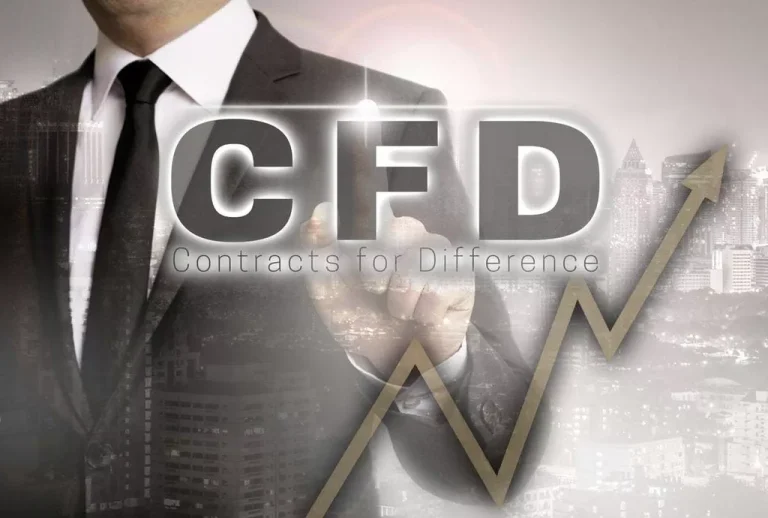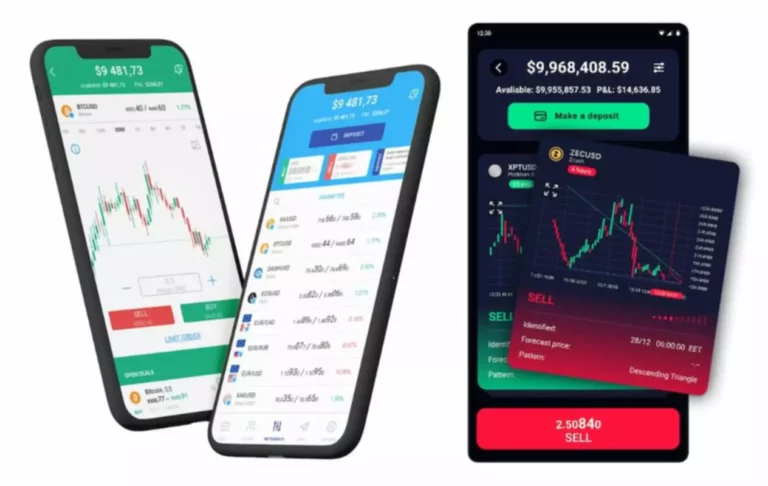Decentralized Applications Explained What are dApps? Enterprise-Grade Web3 APIs
Simply put, local regulators and governments can restrict what users may post. Other users experience the exact opposite problem… They don’t have permission to use the apps they want due to local restrictions, censorship, and monopolies. Scaffold-ETH – Quickly experiment with Solidity using a frontend that adapts to your smart contract.
On Algorand, you can write smart contracts in Python with the PyTeal library. To get started building a dApp, checkout the Algokit getting started guide. An important sidebar here is that it is critical for smart contract code to be reviewed and audited for security flaws. Badly written code that does not account for all potential attack vectors of course will not secure anything.
- (He also ran LAN gaming tournaments when the teachers weren’t looking!) His interests include VR, PC, Mac, gaming, 3D printing, consumer electronics, the web, and privacy.
- In addition, some dApps have been used to distribute malware or viruses, which can compromise users’ devices and steal sensitive information.
- Sign up to our newsletter and stay up to date on product features, development updates and exciting new projects.
- Perhaps unsurprisingly in the world of crypto, finance is the biggest market for DApps.
- Like most applications(apps) used today, DApps can be used in applications from games to social networks and even browsers.
Moreover, the decentralization and open nature of blockchain networks ensure transparency since transaction data is publicly available through blockchain explorers. This provides a high degree of openness and security for the internal economy of dapps. Data integrity is also an important factor in expanding the possible answers for “What is dApp used for?
A decentralized application (DApp) is a software application that runs according to rules set out using smart contracts on a distributed blockchain network. Decentralized social media https://www.xcritical.in/ platforms store user data on decentralized networks rather than company-owned centralized servers. This gives users more control over their content and provides enhanced data privacy.
There’s a “client” application on your device (or a web app running in your browser) and then there’s a server somewhere. Alright, that’s the short version, but there’s a lot more to unpack. Let’s dive into the world of Dapps, more specifically those built on the Ethereum protocol. But don’t let that overshadow the growing interest in Ethereum, which is revolutionizing the way we think of applications.
Discover how DApps are reshaping the crypto landscape and empowering users with decentralized solutions. Understanding how dApps function and creating them requires a good understanding of the blockchain ecosystem since it is an important component in developing a dApp’s backend. You can also charge transaction fees to avail of your services, which can help you make profits using your dApp. Finally, depending on the nature of your application, you can charge people for memberships or subscriptions. Decentralized applications and their features can be accessed using utility tokens, which is similar to the act of paying a certain amount of money to use traditional applications. In the absence of a centralized company, web3 social media is immune to censorship and unilateral control of user content.
Since the DAO held 15% of all Ether at that time, Ethereum developers grew worried about how this event would affect the Ethereum network. However, the community behind Ethereum could not agree on one solution. For this reason, the Ethereum Foundation which included some of the network’s most-well known developers, decided on a hard fork of Ethereum. Fundamentally, the Brave browser, looks and functions like other browsers. In fact, it is based on the same structure as Google Chrome, you can link it to your email address and even link your bookmarks from another browser. Currently, Uniswap V2 and V3 are the second and third most used DApp on the Ethereum network.

Decentralized applications or dApps are basically similar to traditional software programs, which run on blockchain networks rather than central servers. If you look for a technical answer for “what is dApp”, then it is basically an application developed over a decentralized network. The dApps are never under the management or ownership of a third-party authority, thereby ensuring decentralization. No, blockchain has many more functionalities, and decentralized application helps in expanding the uses of blockchain. With the global blockchain market slated to achieve the $69 billion mark by 2027, it is quite reasonable to think about decentralized apps or dApps. The following discussion helps you understand what a dApp is alongside an in-depth overview of how it works.
DApps, which is the abbreviation for decentralized applications, are programs or digital apps that run on either blockchain or a peer-to-peer network of computers. These applications are essentially decentralized to a great extent and cannot be controlled by a single authority. While similar to other software applications in terms of visual aspects, they are P2P-supported, which makes them different.
The community collectively blacklists malicious actors or slashes their token holdings and honest voters receive incentives for good deeds. For example, Gala has come up with a generative NFT collection of DreamWorks Trolls VOX 3D avatars. Gala used thirdweb’s Edition Drop and NFT Drop contracts to pre-define claim limits, release dates, and allowlists. Since there is no single point of failure, dApps mostly never face outages or downtimes.
As a user, you’ll interact with the app by downloading a copy of the app and then sending and receiving data back and forth from the company’s server. To introduce dapps, we need to introduce smart contracts – a dapp’s backend for lack of a better term. They have the power to disrupt sectors like finance, supply chain management, healthcare, and more. As more developers and entrepreneurs recognise the advantages of dapps, we can expect a surge in innovation and adoption. Second, all of the dApp’s data and records must reside on a public, decentralized blockchain. This ensures all transactions are immutable, public, and cryptographically safe.

DApps are applicable to a wide range of industries, such as gaming, governance, finance, medicine, and even file storage, which is also a good reason to use them. However, as already mentioned, despite the differences in the backend operations, the way dApps work and the experience are almost alike. The blockchain space has witnessed major growth and innovations, one of which is dApps.
While using them, we are trusting that our personal data is safe with the providers. In fact, a large share of online businesses provide services to what is a dApp their users free of charge. In return, users (silently or officially) agree to have their data or fragments of it sold for profit to advertisers.

